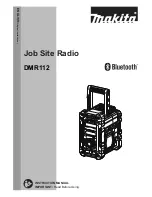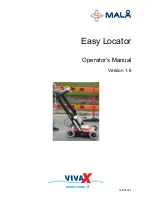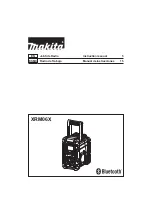
PKLR2400 Specifications
Preliminary
8
3. Theory of Operation
3.1 Definitions
Server Host:
The server host is the OEM device controlling the server radio
Client Host:
The client host is the OEM device controlling the client radio
Host:
Host refers to both the server host and the client host
Server Radio:
The server radio is the “master” radio. It is the hub of communications
Client Radio:
The client radio is a “slave” radio. It is controlled by it’s own Host, but is a slave to the
server radio
Authentication:
The acquisition of the IEEE 802.3 address of the Server Radio by the Client Radio and the
subsequent issuance of an
In-Range*
command by the Client Radio to the Client Host.
Unicast Address:
A frame that is directed to a single recipient as specified in IEEE 802.3.
Broadcast Address:
A frame that is directed to multiple recipients as specified in IEEE 802.3.
3.2 Serial Interface Modes
The PKLR2400 provides four Serial Interface Modes with programmability within each mode
allowing maximum system flexibility. These four Serial Interface Modes include three transparent modes
and one API mode. The radio-to-radio protocol is identical on all three Transparent Serial Interface Modes.
This allows all three Transparent Serial Interface Modes to coexist within the same network. The API
Serial Interface Mode 03 is not interoperable with the Transparent Serial Interface Modes 01, 02 and 04.
3.2.1
Serial Interface Mode 01 – Transparent, Fixed Length, with Timeout
Mode 01 specifies Transparent mode with fixed length packets and active timeout. Packets will be
transmitted over the RF interface when one of the following conditions occurs:
•
The number of data bytes received over the interface is equal to the buffer specified by
the user in EEPROM address locations 43H and 44H.
•
A byte gap larger the timeout specified by the user in EEPROM location 4DH occurs.
3.2.2
Serial Interface Mode 02 – Transparent, End Character
Mode 02 specifies Transparent mode with End Character. Packets will be transmitted over the RF
interface when the user-defined End Character is received by the radio over the interface. The End
Character is defined by the user at EEPROM location 3EH.









































